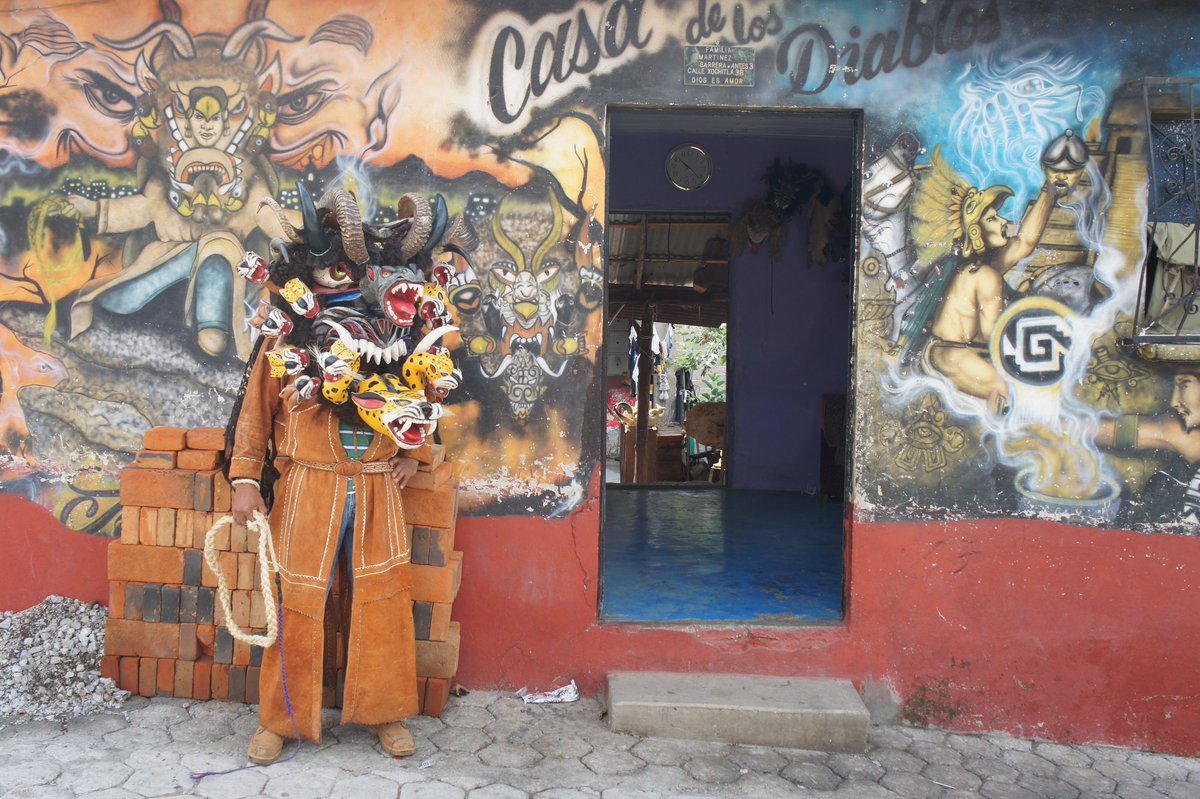My philosophy of war is a subjective account of ‘my’ beliefs pertaining to the relationship between war and humanity. This blog will highlight my apprehension of the history and future of war, and present my stance to the idea of war.
So, what is war? What causes war? Is the aftermath of the war always negative?
Definitions of war vary from conflicts between states to conflicts between schools of thought or ideologies. The need to acquire all and to be superior to all leads to physical war, battles including armies, arms and ammunition are fought in order to attain a single party’s goal. Modern war incorporates conflicting ideologies and principles but is not necessarily between states, such as the Global war on terrorism or the war on drugs, where the dispute is amongst ideology possessors and the battlefield is unknown, but several lives are lost every day fighting against ‘their normative right.’ If so many lives are lost, why do people continue fighting? The answer is ‘change’. Society is a mobile and fluid phenomenon, and change is vital for its functioning.
TheOxford Dictionary expands the definition to include “any active hostility or struggle between living beings; a conflict between opposing forces or principles.” My examination of this definition is simple- war means conflict, and as a sociology student, I believe conflict is the driving force to our dynamic lives. Conflict directs most of our actions, from disputes among siblings over the T.V remote to disagreements on treaties for the welfare of humanity, war is a part of our daily life. So, is the present a result of war? Yes, and No, even the answer to war involves war. This debate is between the functionalists, who assume society to be organized and in equilibrium, they believe the cause of change to be evolution, and the conflict theorists, who emphasize war as the permanent feature of the changing society (prof Kerry Greer-lecture).

In an individualistic perspective, this debate continues between Hobbes, who saw humans as war-like and violent, and Rousseau, who saw humanity as peaceful until civilization came along. (prof Chris Erikson-lecture) Rousseau argues this position: “War is constituted by a relation between things, and not between persons…War then is a relation, not between man and man, but between State and State…” (The Social Contract). I stand with Hobbes and strongly believe that conflict is an innate instinct among human beings. As Friedrich Nietzsche said, “I am by nature war-like, to attack is among my instincts.” These primitive urges, I believe, cause war, further leading to fatality.
This is where the casualties and aftermath of war creep in, which I refer to as the ‘dark side’ of societal dynamism. The dark side is a period of depression for most societies, it includes death, destruction, poverty, scarcity and results in either a complete societal shift or leads to another war. But does the aftermath always have to be negative? War on drugs is an ideological conflict in order to protect citizens from the harmful effects of drugs, the war against global warming aims to attain sustainability for the well-being of the environment, are there any casualties? Yes, but the final motive is the welfare of society as a whole. If we look at the horror of war through the perspective of optimistic nihilism , viewing life as meaningless, yet finding the positivity and happiness to continue living through the existential crisis, (Elias Skjoldborg- ted talk) we find a wholesome meaning behind the meaningless death and loss surrounding war, like if we win the war against climate change, popularly known as World War III, it will lead to normalized temperatures and prevention of melting ice caps (we benefit).
It is established that war leads to casualty, but battles are fought to form a new world, to form new ideologies, to birth a new renaissance movement.
Viewing war as an agency of change rather than an end result of conflict is ‘my philosophy of war’.
Citation:
https://www.youtube.com/watch?v=hmRBzc0o71A
https://www.climatecentre.org/news/1035/a-the-world-is-losing-the-war-on-climate-changea
picture by- War | Britannica.com
